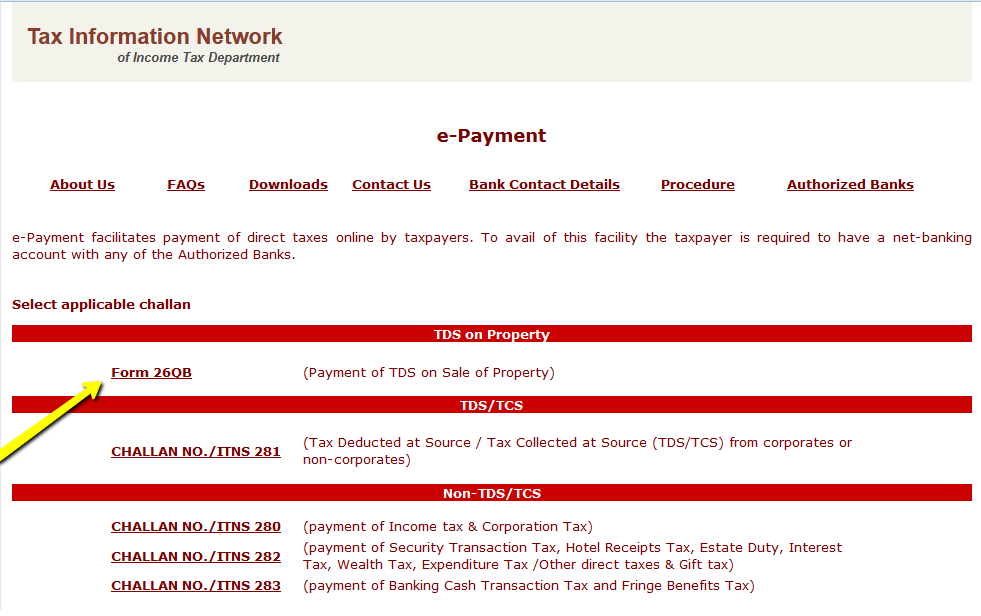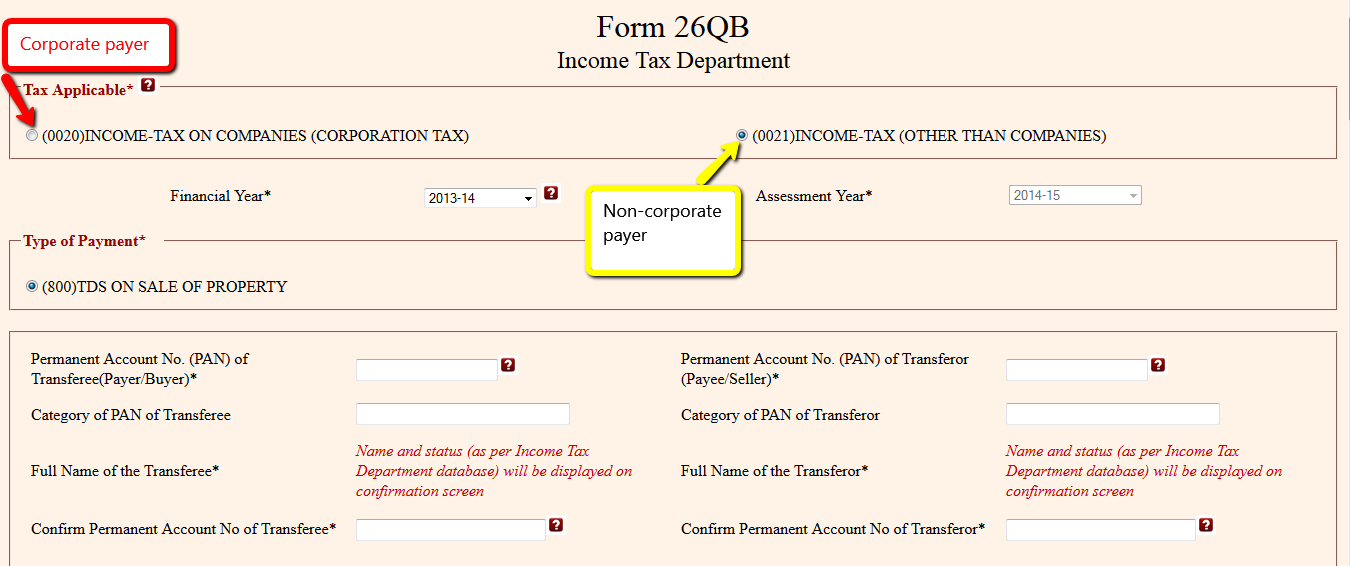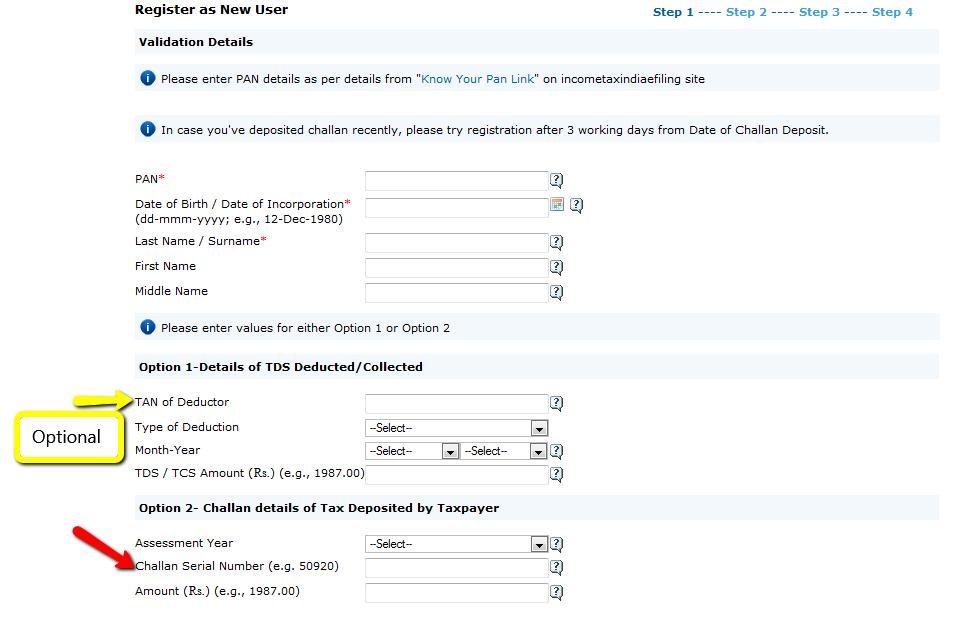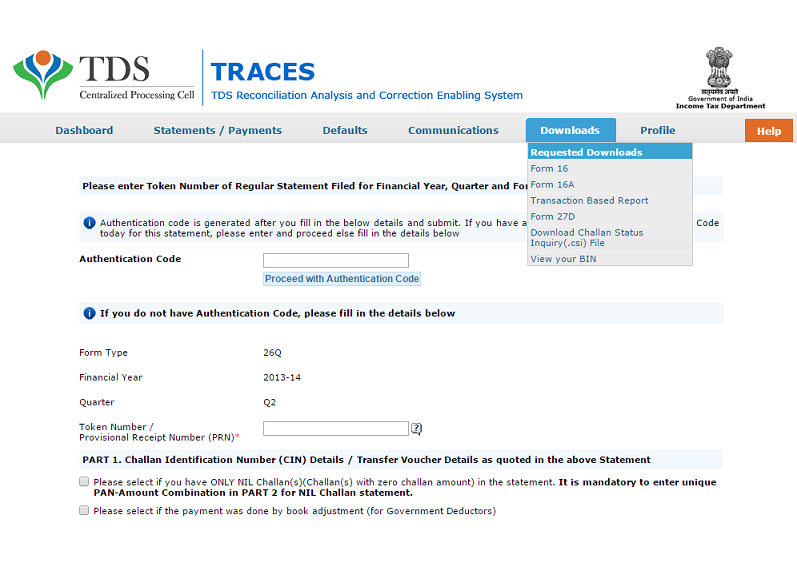Equalisation Levy.
Many online Advertising Portals ( eg. Facebook, Google, Twitter) are Non Resident(NR) & do not have permanent establishment(PE) in india many resident assessee make payment to facebook / google for advtg & claim as a business expenditure us 37. suppose, Shahid Consultancy ( resident ) made payment to facebook for advtg. this amount is not taxable in india in hands of facebook since they dont have any P.E in india & Shahid Consultany will take deductions for such payment. now india loosing its revenue since payer gets the deduction & amount received by payee is not taxable. so finance act 2016 w.e.f 1/6/16 introduced new concept of Equilisation levy.charge of equilisation levy [ Sec 165 of Finance Act 2016 ]
equilisation levy @ 6% applicable if payment for specified services ( ads ) received / receivable by non resident from-
a) a person resident in india & carrying business & profession
OR
b) non resident having P.E. in india.
NOTE 1: equilisation levy not applicable if :
- NR having P.E in india & service connected with such PE
OR
- aggregate amount need by NR from payee is upto 1,00,000 in p.y
2: specified service means :-
a) online advtg
b) any prov of digital advtg space or any other facility or services for the purpose of online advt.
collection & recovery of equilisation levy [ sec 166 of FA 2016 ]
every resident person carrying on business or profession or a non-resident having P.E in india shall deduct the equilisation levy from the amount paid / payable to NR @ 6%, if aggregate amount of consideration for specified service is more than 1,00,000 in P.Y.
NOTE:-
1. equilisation levy deducted shall be deposited to Central Government upto 7th of next month.
2. if any person fails to deduct equilisation levy than also he is liable to pay levy to govt.
3. interest @ 1% pm or part of the month shall be applicable on late deposit of levy [ Sec 170 ]
penalty for failure to deduct or pay equilisation levy ( Sec 171 )
a) fails to deduct : 100% of equilisation levy that assessee failed to deduct.
b) fails to deduct : in addition to paying levy , penalty of 1000 per day during which failure continues , penalty shall not exceed the amt of equilisation levy.
Sec 40(a)(ib) : Non compliance of the provision of equilisation levy.
any consideration paid / payable to NR for which equilisation levy is deductible and if
a) such levy was not been deducted OR
b) levy deducted but not paid to govt upto due date of return filing.
then such advt expenses. shall not be allowed as deduction in current Previous Year.
NOTE: if equilisation levy deducted in subsequent year or deducted in p.y. but paid after due date of return filing than such sum shall be allowed as deduction in the p.y. in which levy has been paid to govt.
Sec 10(50) : Income exempt from tax.
any income arising on or after 01/6/2016 and chargeable to equilisation levy shall be exempt from tax.
example : Shahid Consultancy paid 4,00,000 to facebook then Shahid Consultancy required to deduct equilisation levy @ 6% remit 3,76,000 to facebook. 4,00,000 shall be allowed to Shahid Consultancy if it deduct levy & paid to govt upto due date of ROI. as per sec 10 (50) , amount of 4,00,000 shall be exempt in hands of facebook.




